It looks like you have a good handle on the situation, and yes the 2" hi rise tow ball can be used "IF" you need to get the ball up higher in place of buying the monster 2 1/2" rise shank. You really are going to have to find out what level really is to know. As it stands now, the tow ball is not high enough by these pics. But again need to know what trailer level is

Accounting for truck squat, it should look like this unhitched with camper level. Ball higher than coupler. Again if your numbers are correct, the 2" hi rise ball can help fix this.
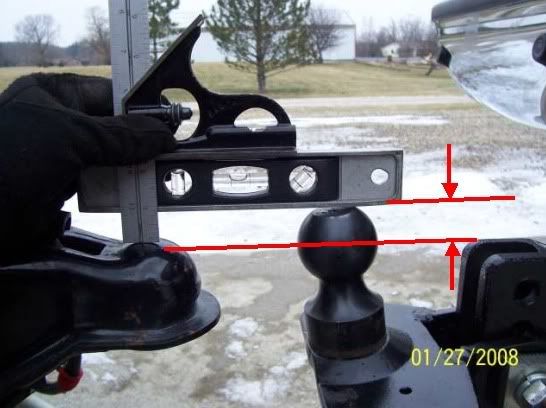
Here is some tips beyond the instructions.
Make sure the DC frame bracket is dead tight to the bottom of the A frame before drilling. Us a C clamp of something to hold it tight before drill. You do not want any air space under there or over time it will start fatiguing the bracket and bolts.

The distance from the ball to the DC, the new instructions are a lot better then the old. Start by using the instruction to locate the brackets, BUT before drilling mock up the setup with the WD bars in place and make sure the cams are in the middle of the yoke adjustments, like this.
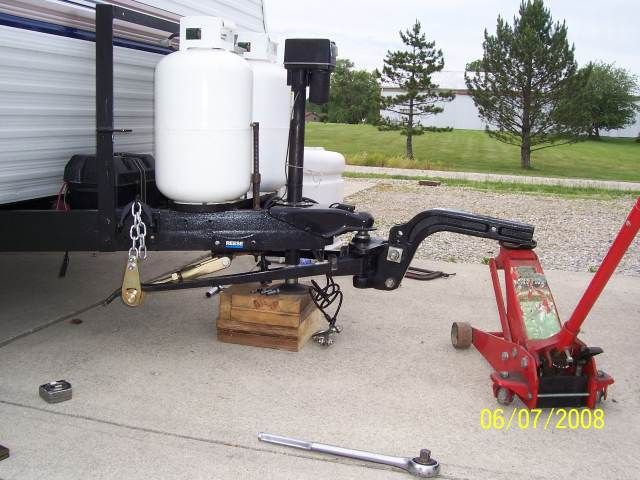
For your camper and your 1,700# WD bars, I suggest you start with 7 chain links under tension. Yours will look like this, 7 chain links from snap up hook to DC chain plate
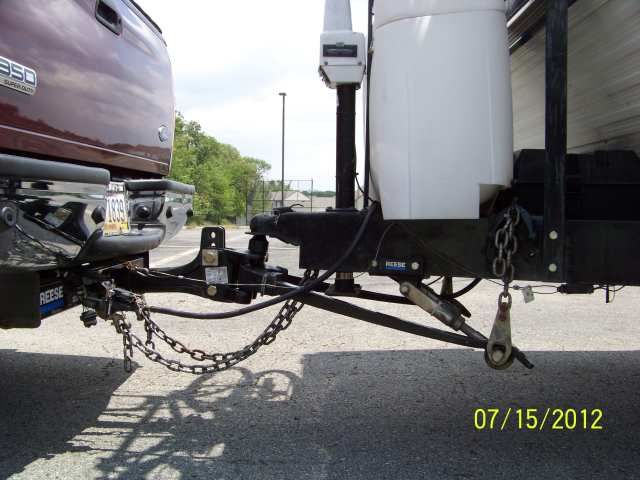
Those 7 links under tension will stay that way for the most part unless you have large varying loads in the camper tongue weight. With the DC, you start with a set number of chain links under tension and then adjust the head tilt to get the weight distribution correct on the truck. Make sure the camper is loaded when making the WD adjustments.
You understand the flat washer shimming and the DC frame plate agasint your square corner channel iron frame. Good.
This DC frame plate is the most newest one they have made. The welded plate on one side and the offset of the yoke mount gives it away.

There is no issues with this vintage, I'm just point out you have the latest and greatest as made upgraded within approx the last year by Reese.
Heads up, this chain plate is put on backwards. You need to flip it around.

It needs to be like this when mounted and under load.

This pic has the chain plate correct but was it is showing the gap between the frame which is wrong. I do not have a handy pic with the new bent plate and everything else correct to show.
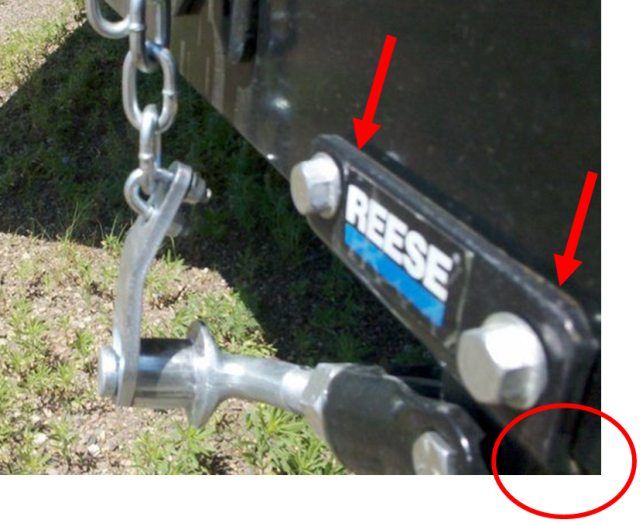
When you have the DC all dialed in perfect, mark the WD bars left and right and always put them back on the same side. The WD bars are forged and the DC is not an exact machining. So the bars & Cams create a wear pattern that will create a perfect match. But only is the WD bar stays on the same side all the time. If you flip flop the WD bars all the time the lengths are different affect the DC setting and the wear pattern is all screwed up starting all over again.
Also the cams will wear metal dust when brand new. This is normal. The wear in and then slow down over time. On real heavy TW's you can use vas-o-line on the cams. Never good grease but vaseoline is OK. I use the vase-o-line on my heavy tongue weight. It helps on the noise and the wear. So you can see, this wear on mine was at 24,000 miles
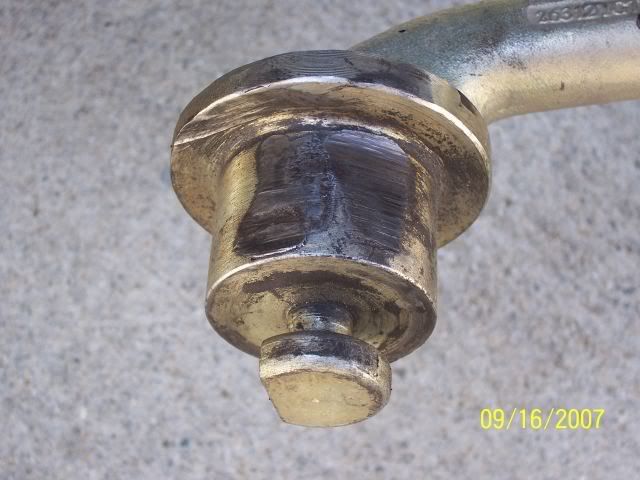
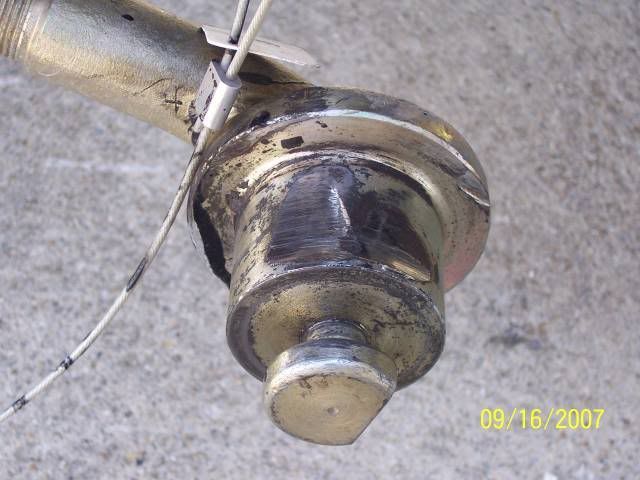
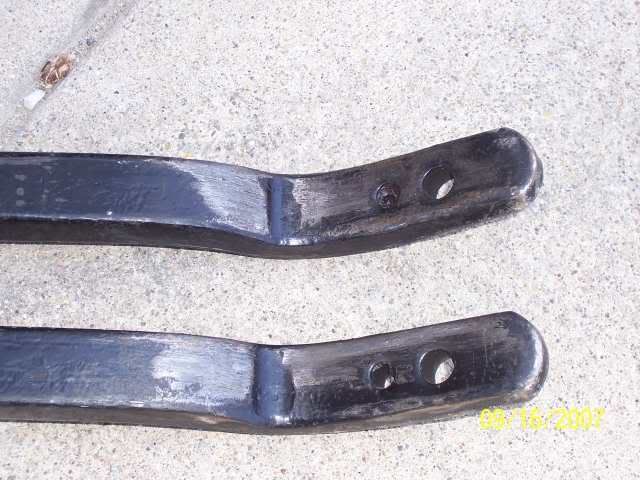
I have now more than doubled that, the wear is a little deeper but not a lot. As you can see, the wear pattern is different on each side. This is OK as long as you do not flip flop the WD bars
You already know about bolting on the snap up's and you have the latest heavy duty snap'up. You have the square hole to use carriage bolts. And I see Reese added the top middle center bolt hole too. The carriage bolts do not bind on the chain as easy, but head up if you use the top center home that the bolt head does not hit the chain.
Good luck
John





 There is no issues with this vintage, I'm just point out you have the latest and greatest as made upgraded within approx the last year by Reese.
There is no issues with this vintage, I'm just point out you have the latest and greatest as made upgraded within approx the last year by Reese. 




